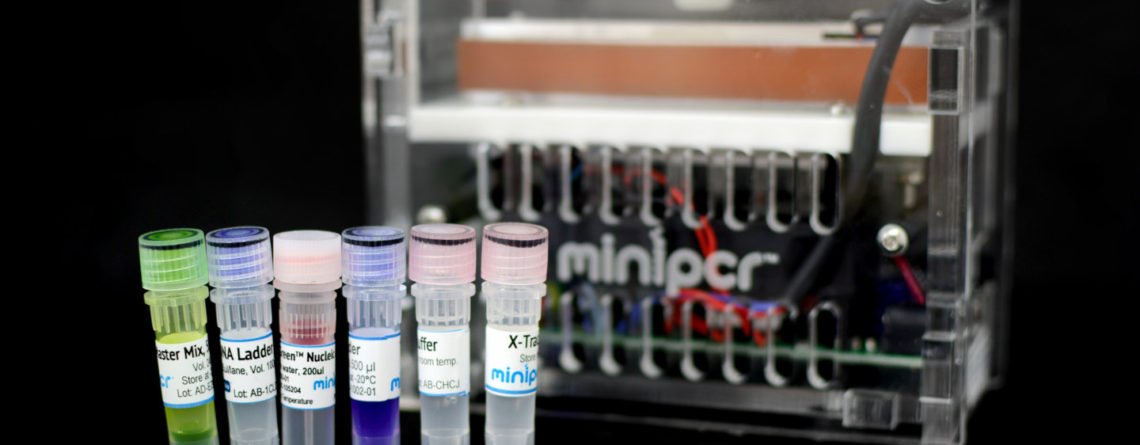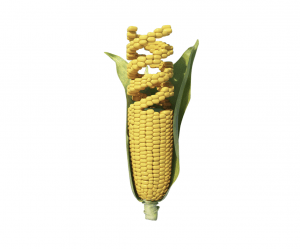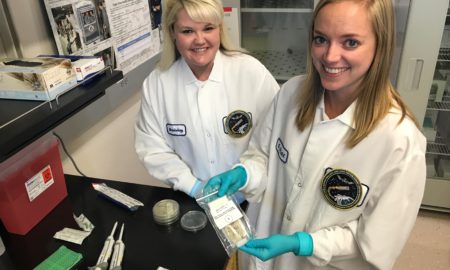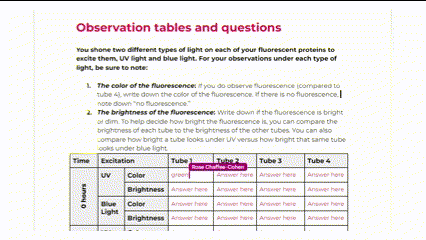Biotechnology labs for the AP Environmental Science (APES) classroom
Don’t let the biology teachers have all the fun–use biotechnology in your AP Environmental Science (APES) classroom and show students how high-tech tools are used for environmental monitoring and to solve real-world problems!
At miniPCR bio, we offer inquiry-based, hands-on lab investigations that explore a range of APES concepts like monitoring threatened animal populations, testing soil for antibiotic resistance, and understanding how GMOs are used in agriculture. All of our labs invite students to develop their AP science practices as they investigate natural phenomena, carry out experiments to test predictions, collect and analyze data, interpret the data to draw conclusions, and develop a scientific claim with the evidence they collected via modern techniques.
Check out our full list of APES-aligned Learning Labs from miniPCR bio.
| Full list of APES aligned Learning Labs from miniPCR bio | 1. Living World: Ecosystems | 2. Living World: Biodiversity | 3. Populations | 4. Earth Systems and Resources | 5. Land and Water Use | 6. Energy Resources and Consumption | 8. Aquatic and Terrestrial Pollution | 9. Global Change | GMO Detection Lab | KT-1003-01 | ✔ | ✔ |
|---|---|---|---|---|---|---|---|---|---|
| Agricultural Monitoring Lab: A Case Study in Antibiotic Resistance | KT-1010-01 | ✔ | ✔ | ||||||
| eDNA Project: Sampling Soil for Antibiotic Resistance | KT-1012-02 | ✔ | ✔ | ✔ | |||||
| Conservation Genetics Lab: Discovering Lemur Diversity | KT-1505-01 | ✔ | ✔ | ✔ | ✔ | ||||
Here are some of our favorite APES-aligned lab offerings:
Conservation Genetics Lab: Discovering Lemur Diversity

Scientists working in the forests of Madagascar may have rediscovered a species of lemur that was thought extinct. Compare how different types of data (morphological and genetic) can be used to answer questions about species and biodiversity, analyze trapping data to monitor lemur populations, and explore how generalists and specialists fare in the face of ecological change from clearcutting and habitat fragmentation.
APES Alignment:
- Topic 2 The Living World: Biodiversity (2.1 Introduction to biodiversity)
- Topic 3 Populations (3.1 Generalist and specialist species)
- Topic 5 Land and Water Use (5.2 Clearcutting)
- Topic 9 Global Change (9.9 Endangered species and 9/10 Human impacts on biodiversity)
Antibiotic-resistant bacteria have been traced to one livestock farm and neighbors are concerned. Use PCR and gel electrophoresis to test soil samples from neighboring farms to determine if the antibiotic-resistant bacteria are present.
You can use the same techniques and concepts to monitor your local soils for antibiotic resistance with our eDNA Project kit.
APES Alignment:
- Topic 2: The Living World: Biodiversity (2.6 Adaptations)
- Topic 5: Land and Water Use (5.3 The Green Revolution, 5.6 Pest control methods, 5.7 Meat production methods)
Test some of your favorite foods for GMOs using fast and robust PCR and gel electrophoresis. Students explore a real-world biotechnology application relevant to agriculture, environmental science, and the food industry.
APES Alignment:
- Topic 3: Populations (3.5 Population growth and resource availability)
- Topic 5: Land and Water Use (5.3 The Green Revolution and 5.6 Pest control methods)
- Topic 9: Global Change (9.10 Human impacts on biodiversity)
Related resources:
- miniPCR bio Learning Labs aligned for AP Environmental Science
- miniPCR bio Learning Labs aligned for AP Biology
- Conservation Genetics Lab from miniPCR bio
- Agricultural Monitoring Lab from miniPCR bio
- eDNA Project kit from miniPCR bio
- GMO Detection Lab from miniPCR bio

 Agricultural Monitoring Lab
Agricultural Monitoring Lab








